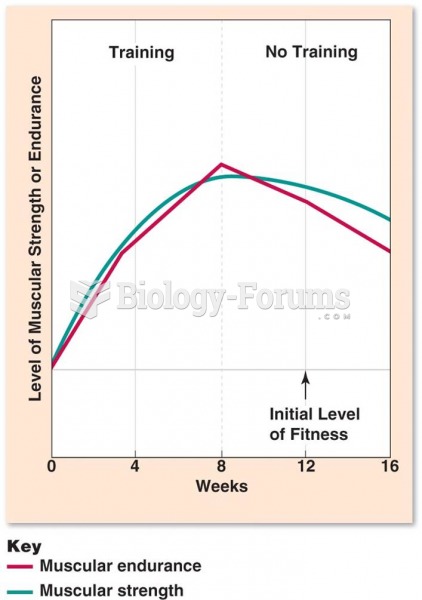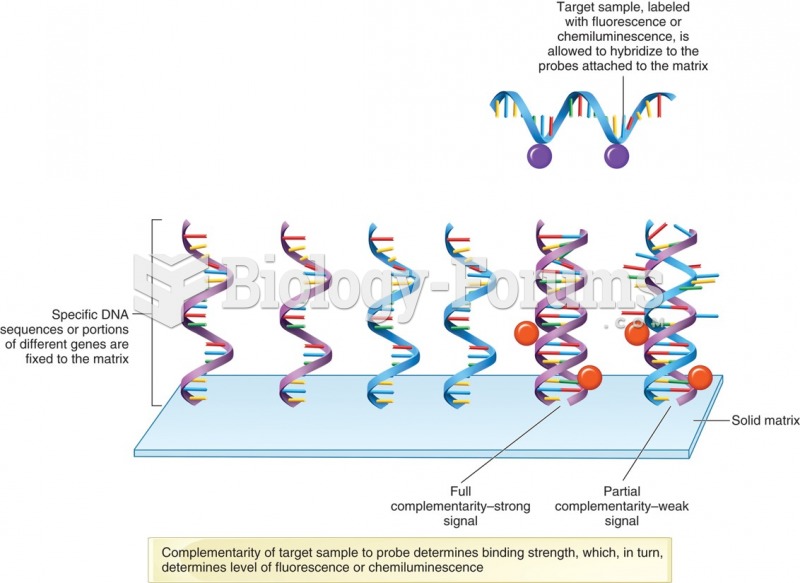Answer to Question 1
C
Explanation: C) A principle is a value-based internal force for behavioral action and a rule is an authoritative regulatory force for behavioral action.
Answer to Question 2
2. =
= 4,900,000 4,500,000
= 400,000
60 75,000 actual machine-hours = 4,500,000
a. Write-off to Cost of Goods Sold
Account
(1) Dec. 31, 2014
Account
Balance
(Before Proration)
(2) Write-off
of 400,000
Underallocated
Manufacturing
Overhead
(3) Dec. 31, 2014
Account
Balance
(After Proration)
(4) = (2) + (3)
Work in Process
Finished Goods
Cost of Goods Sold
Total
750,000
1,250,000
8,000,000
10,000,000
0
0
400,000
400,000
750,000
1,250,000
8,400,000
10,400,000
b. Proration based on ending balances (before proration) in Work in Process, Finished Goods, and Cost of Goods Sold.
Account
(1)
Dec. 31, 2014
Account Balance
(Before Proration)
(2) Proration of 400,000
Underallocated
Manufacturing
Overhead
(3) Dec. 31, 2014
Account
Balance
(After Proration)
(4) = (2) + (3)
Work in Process
Finished Goods
Cost of Goods Sold
Total 750,000
1,250,000
8,000,000
10,000,000 ( 7.5)
(12.5)
(80.0)
100.0 0.075 400,000 = 30,000
0.125 400,000 = 50,000
0.800 400,000 = 320,000
400,000 780,000
1,300,000
8,320,000
10,400,000
c. Proration based on the allocated overhead amount (before proration) in the ending balances of Work in Process, Finished Goods, and Cost of Goods Sold.
Account
(1) Dec. 31, 2014
Account
Balance
(Before
Proration)
(2) Allocated Overhead
Included in
Dec. 31, 2014
Account Balance
(Before Proration)
(3) (4) Proration of 400,000
Underallocated
Manufacturing Overhead
(5) Dec. 31, 2014
Account
Balance
(After Proration)
(6) = (2) + (5)
Work in Process 750,000 240,000a (5.33) 0.0533400,000 = 21,320 771,320
Finished Goods 1,250,000 660,000b (14.67) 0.1467400,000 = 58,680 1,308,680
Cost of Goods Sold 8,000,000 3,600,000c (80.00) 0.8000400,000 = 320,000 8,320,000
Total 10,000,000 4,500,000 100.00 400,000 10,400,000
a60 4,000 machine-hours; b60 11,000 machine-hours; c60 60,000 machine-hours
3. Alternative (c) is theoretically preferred over (a) and (b) because the underallocated amount and the balances in work-in-process and finished goods inventories are material. Alternative (c) yields the same ending balances in work in process, finished goods, and cost of goods sold that would have been reported had actual indirect cost rates been used.
Chapter 4 also discusses an adjusted allocation rate approach that results in the same ending balances as does alternative (c). This approach operates via a restatement of the indirect costs allocated to all the individual jobs worked on during the year using the actual indirect cost rate.







